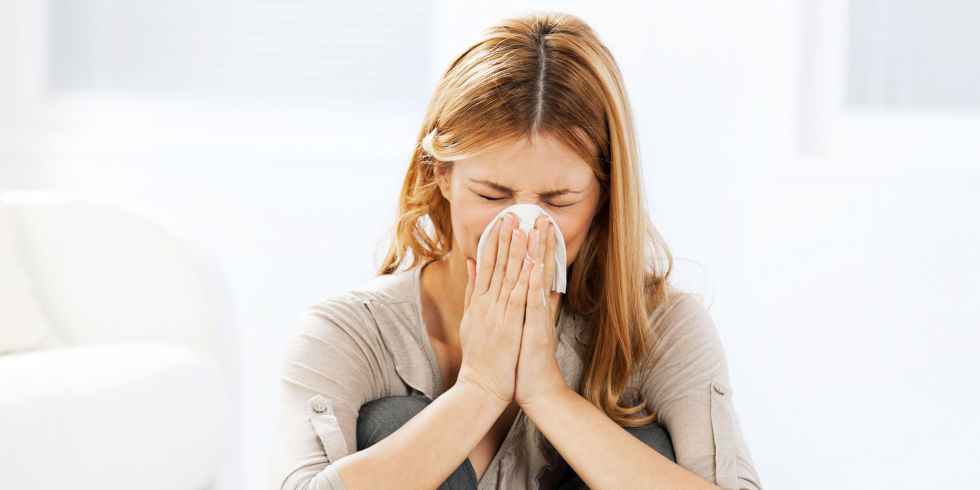This week, you might have read reports of the Australian flu doing the rounds and even taking people’s lives. It sounds pretty scary, right? Like some kind of local, modern-day plague (which is also back, terrifyingly enough).
While in the majority of cases the flu doesn’t end in death, in some eventualities it can. Unsurprisingly, most cases of death by flu occur in older people and young children because they’re most vulnerable. But how does this happen? How can what feels like a common cold x1000 in severity actually be enough to bring an end to a person’s life?
Essentially, it’s that the body tries so hard to heal itself, it actually ends up doing the opposite. According to infectious disease physician at the Johns Hopkins University Center for Health Security, Amesh Adalja, it’s not the disease itself that kills you, but the subsequent interactions the disease has with your body.

According to Live Science, who looked into it in more depth, the flu virus ‘hijacks human cells in the nose and throat to make copies of itself’. This flood of cells triggers a person’s immune system to release more antibodies, white blood cells and inflammatory molecules to try to overrule the virus.
In most healthy people, this response usually proves successful after a week or so, but occasionally things can go wrong. In people with a weaker immune system than usual, for example, a secondary infection can take hold while they’re already exposed. These infections can either take hold of the lungs, or can cause various other organs to shut down.

In other cases, the immune system’s response is actually too strong, and the extra defences end up causing potentially fatal damage to the body by destroying vital tissues in the lungs that help transport oxygen to the blood.
According to the UK’s Office of National Statistics, the winter of 2016/2017 saw a much higher mortality rate in winter than in previous years – however it was predominantly older people that suffered more than young. The increase in deaths was thought to be ‘due to the predominant strain of flu prevalent during the 2016 to 2017 winter, which had greater impact on the elderly than the young’.
So what with the Australian flu taking hold, let’s all just stay inside, wrap up warm and watch Netflix for the rest of January, yeah? Just to be on the safe side.












